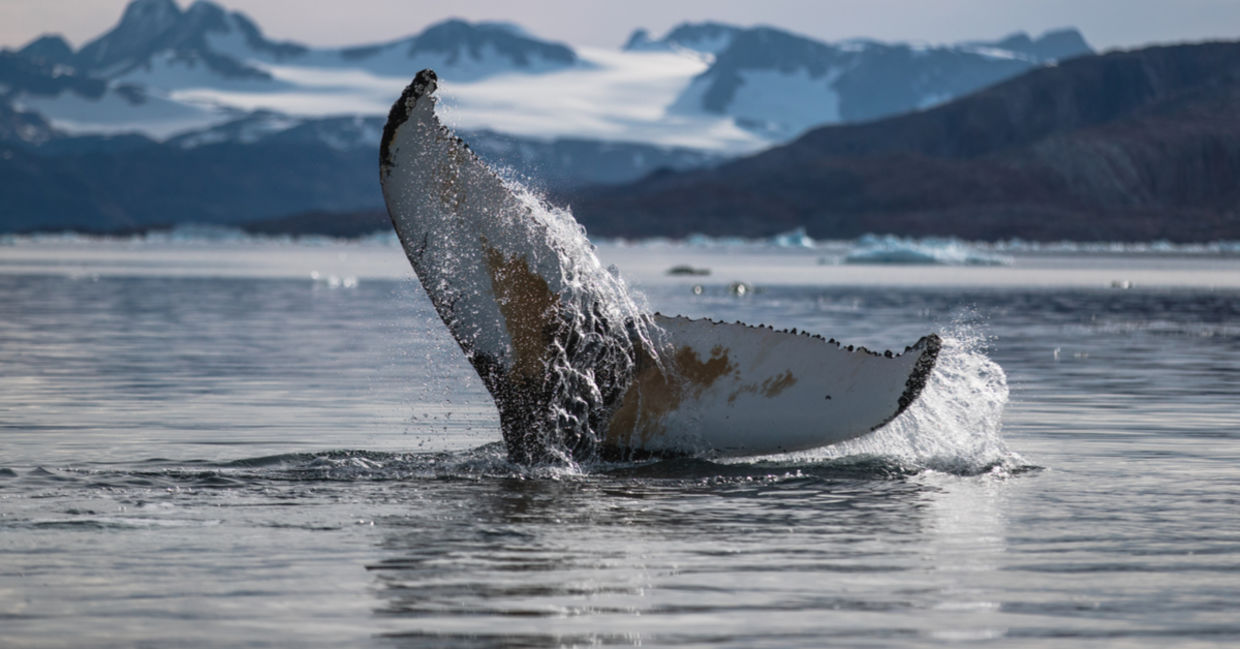
(Ulannaq Ingemann / Shutterstock.com)
Bowhead whales are without a doubt some of the most majestic animals on our planet. These remarkable marine mammals can live over 200 years and are among the longest living animals on the earth. A predominantly arctic species has made an astonishing comeback.
At one time, the bowhead whale population was reduced to around 1,000 due to commercial whaling, but since a 1966 moratorium was passed to protect the species in the US, the numbers have been steadily increasing.
The Anchorage Daily News reported that since 1978, Dr. Craig George from the North Slope Borough – America's farthest north municipal government – has been counting the whales that migrate past Pont Barrow from April through June yearly. Since the department of wildlife has been monitoring the whales, the population has increased from 1,200 to 3,400 in 2011. Officially, the total population of bowhead whales is now around 10,000 according to the International Whaling Commission (IWC).
The IWC has been working with the community of bowheads in the area of the Clyde River in NE Baffin Islands, Canada since the 1980s by documenting and protecting a critical feeding area for Bowhead whales. A sanctuary where all commercial whaling is prohibited was created in 2009.
The bowhead whale's conservation status, once listed as endangered is now listed as least concern, but some populations (like the ones near Greenland) are not faring as well.
A limited subsistence hunt by Inuit in the arctic region of Canada, Alaska, and Greenland is allowed, but the species is healthy enough for this not to be an issue.
Some of the Bowheads alive today show signs of having survived the whale hunts. They can grow over 18 meters (60 feet) long, and adults are almost entirely black except for the white lower jaw. They are known for their distinctive upturned lower jaw.
These gentle giants are an endangered species success story. Working to protect their habitat will keep their population numbers growing.
YOU MIGHT ALSO LIKE:
This Happy Lab Accident Could Save the World's Coral Reefs
Thanks to Conservation Mountain Gorilla Population Rises
How Much Do You Really Know About Conservation? [QUIZ]







